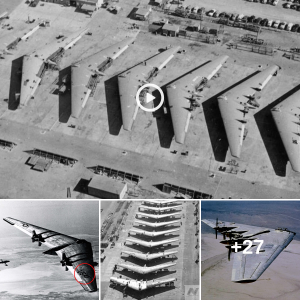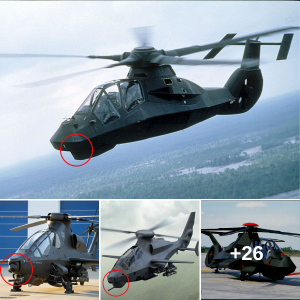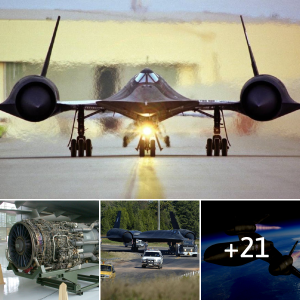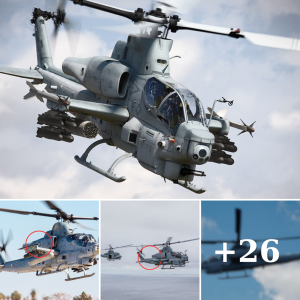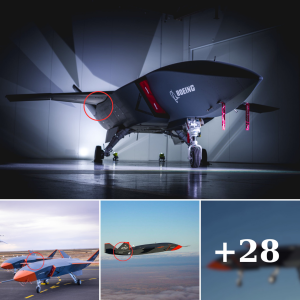The first working prototype of a hypersonic air-breathing scramjet missile will be developed by a joint venture of two companies: Raytheon Missiles & Defense, and Northrop Grumman.

HACM hypersonic scramjet-powered missile – visualization. Image credit: Raytheon
This weapon will be the first air-launched scramjet-powered Hypersonic Attack Cruise Missile (HACM) in the U.S. Army, developed jointly with partners from Australia. Within the framework of this project, two companies will have to demonstrate operational prototypes of the hypersonic missile.
The value of the contract is $985,348,124.
Preliminary designs of a hypersonic cruise missile have been completed in June 2021 through a partnership of three companies, Boeing Co., Lockheed Martin Corp., and Raytheon Technologies Corp. The HACM program will be responsible for delivering an operational prototype and design of integration capability for fighter aircraft.

“HACM is a powerful example of developing and integrating combat capabilities alongside our partners from the beginning. HACM will provide our commanders with tactical flexibility to employ fighters to hold high-value, time-sensitive targets at risk while maintaining bombers for other strategic targets,” commented US Air Force Chief of Staff Gen. CQ Brown, Jr.
Australian test infrastructure will be used for the initial all-up-round flight tests. The HACM hypersonic missile capability is expected to be delivered by 2027.
A scramjet (supersonic combustion ramjet) is an air-breathing jet engine in which combustion takes place in a supersonic airflow. High vehicle (in this case – missile) speed allows reaching high levels of air compression, which leads to stronger combustion and the capability to sustain hypersonic velocities – Mach 5 and above. At such speeds, hypersonic missiles are nearly immune to all existing defensive countermeasures.
